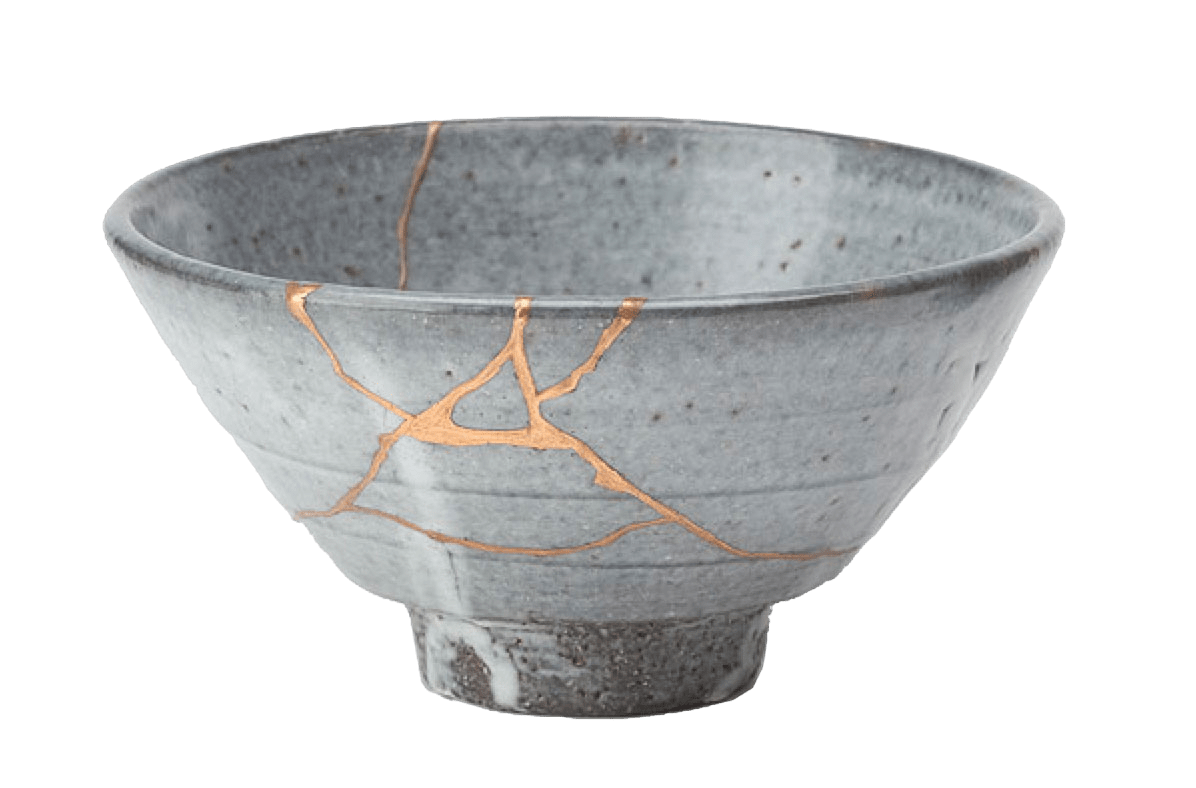Scars are beautiful
I saw a wonderful exhibit of Ishiuchi Miyako’s photography. Her series “Scars” particularly struck me.

The images are hard to look at without wincing. The oversized prints were even more painful to witness in person. But after the initial shock washed over me, I began to appreciate the photography itself. There is beauty in these shapes.
Like a path winding through a forest, I get lost in the meandering edges of these scars, the delicate unevenness of each wrinkle. As I separate myself from the pain, there is an intriguing nature to these photographs that is undeniable. I find it impossible to look at these images without questioning the fetishism of perfection ingrained in us since youth.
I am fascinated by the Japanese philosophy wabi-sabi. It is a worldview centered around the beauty of transience. An example is kintsugi, the art of repairing broken pottery by joining the pieces together with gold lacquer. By doing so, the cracks are accentuated rather than covered up or discarded. The object becomes more valuable as it loses its “perfection”.

Cracks, like scars, tell a story. They are not only beautiful to look at, they are also lessons in survival and perseverance.
There is no learning, no victory, no good story without a share of failures, scars, and the perseverance it took to overcome them. Too often we overlook that idea in our perception of beauty.
Wabi-sabi does not have to be fatalistic. The appreciation of imperfection is not an invitation to let things break down and dilapidate. The opposite of fragility is not resilience. Some things become stronger or better when challenged by chaos and uncertainty.
Your muscles become stronger as they heal from being torn by physical exertion. Products and systems can be designed to not only withstand aging, but improve over time.
I find that much anxiety can be alleviated by finding beauty in transience, imperfection, and scars. If we feel judged for our scars, we become afraid to get scarred. We follow the path that results in the least amount of pain, rather than the path that leads to the most amount of learning.
Whether they are literal or figurative, do not fear the scars. Be proud to earn them. Gild them like a kintsugi tea cup.